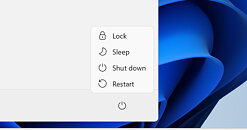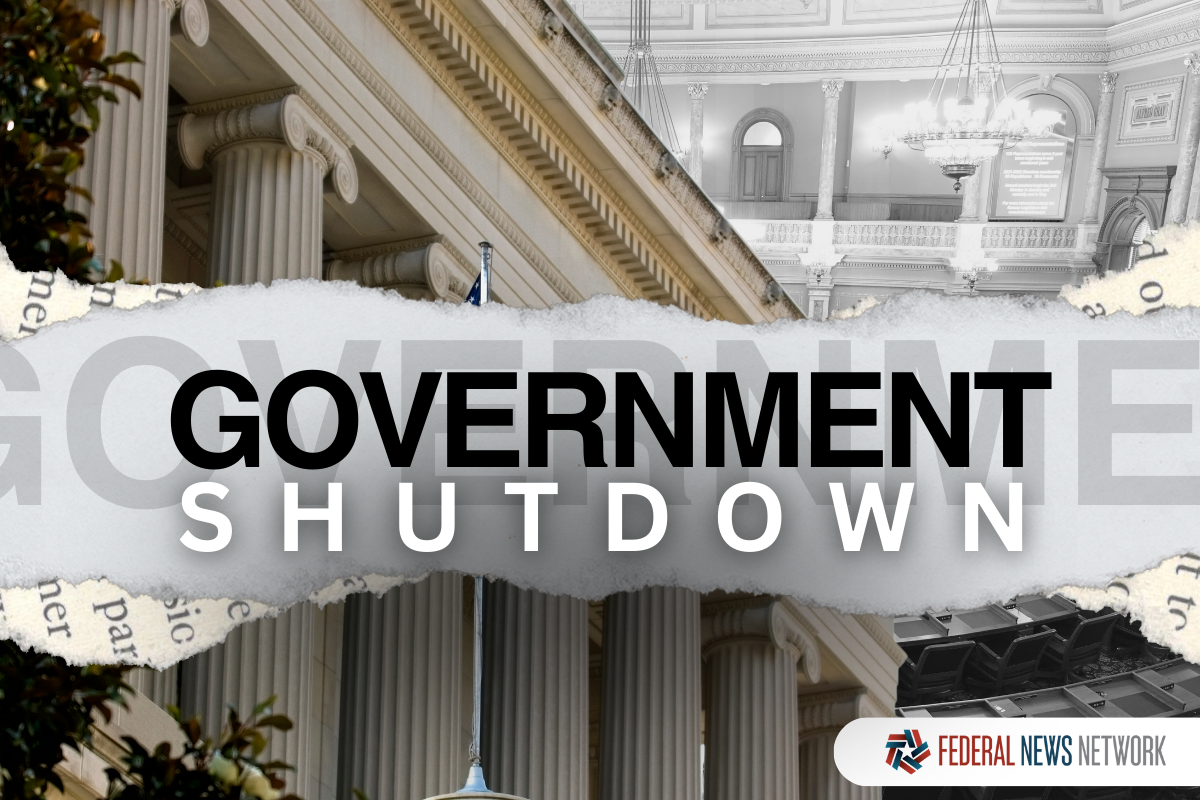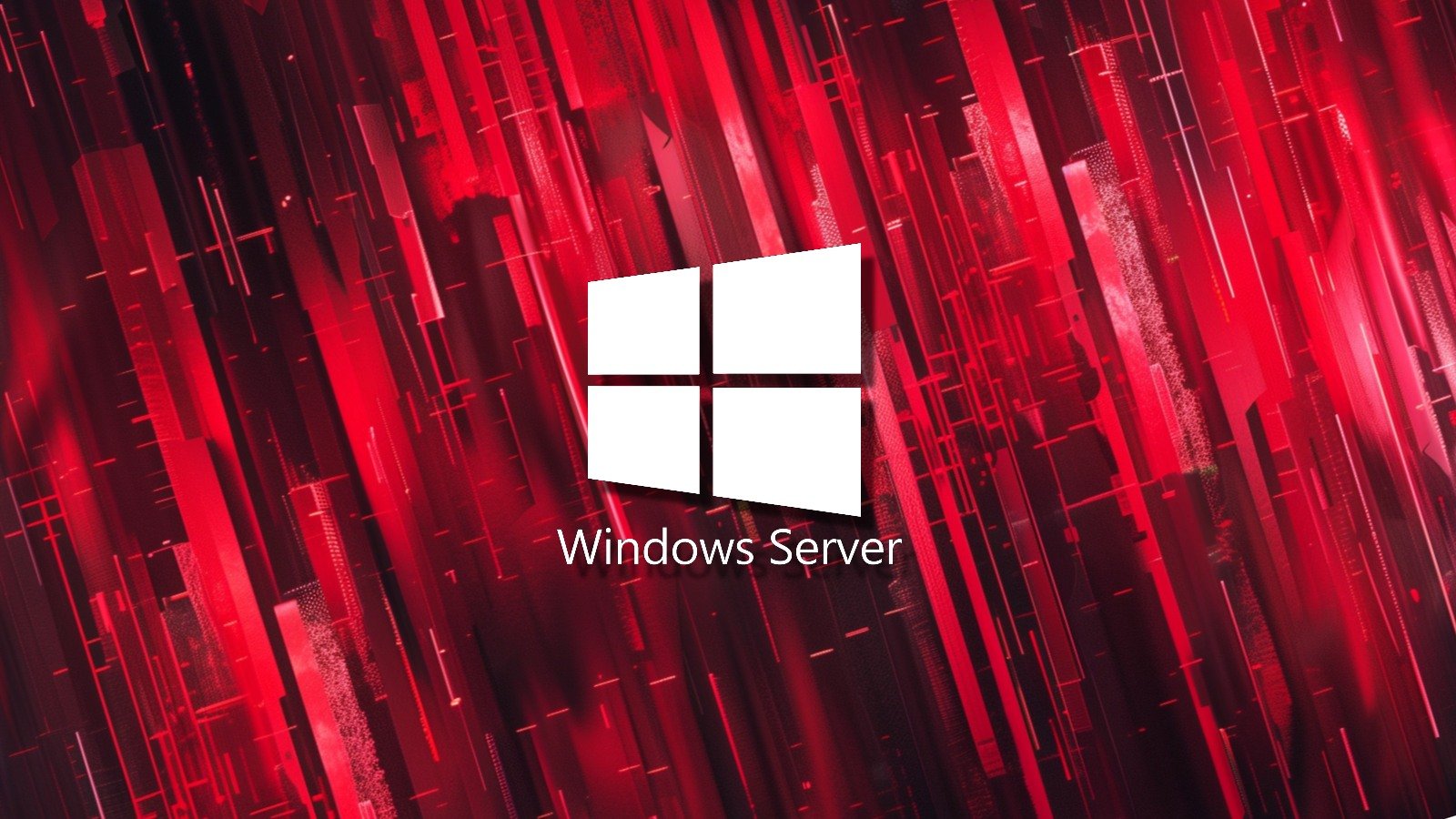Microsoft has not disclosed the exact cause of the failure, but Windows Latest speculates it might be due to a race condition or an issue within the Windows Servicing Stack. When a user selects “Update and shut down,” the operating system must complete two sequential tasks: applying all pending updates and then shutting down the computer. This process isn’t straightforward because Windows needs to reboot into an offline servicing phase to replace locked system files, as indicated by the “working on updates” message. After this phase, the machine should power off, but instead, it returns to the login screen. The most likely explanation is that the Servicing Stack either fails to save or never receives the shutdown instruction, with the directive possibly getting lost during the reboot due to a timing conflict or interference from features like Fast Startup.
This bug has plagued Windows PCs since the announcement of Windows 10 and has been an issue for an entire decade. Countless users relied on this feature to mark the end of their workday with an updated PC that would shut down once updates were complete. Instead, users often found their machines powered on and sitting idle. Laptop users who left their PCs on battery power frequently discovered their devices drained, and if someone left their laptop before heading out or going to sleep, the issue was a significant source of trouble. Thankfully, Microsoft is gradually ironing out bugs like this to enhance the Windows 11 experience.
Source link




